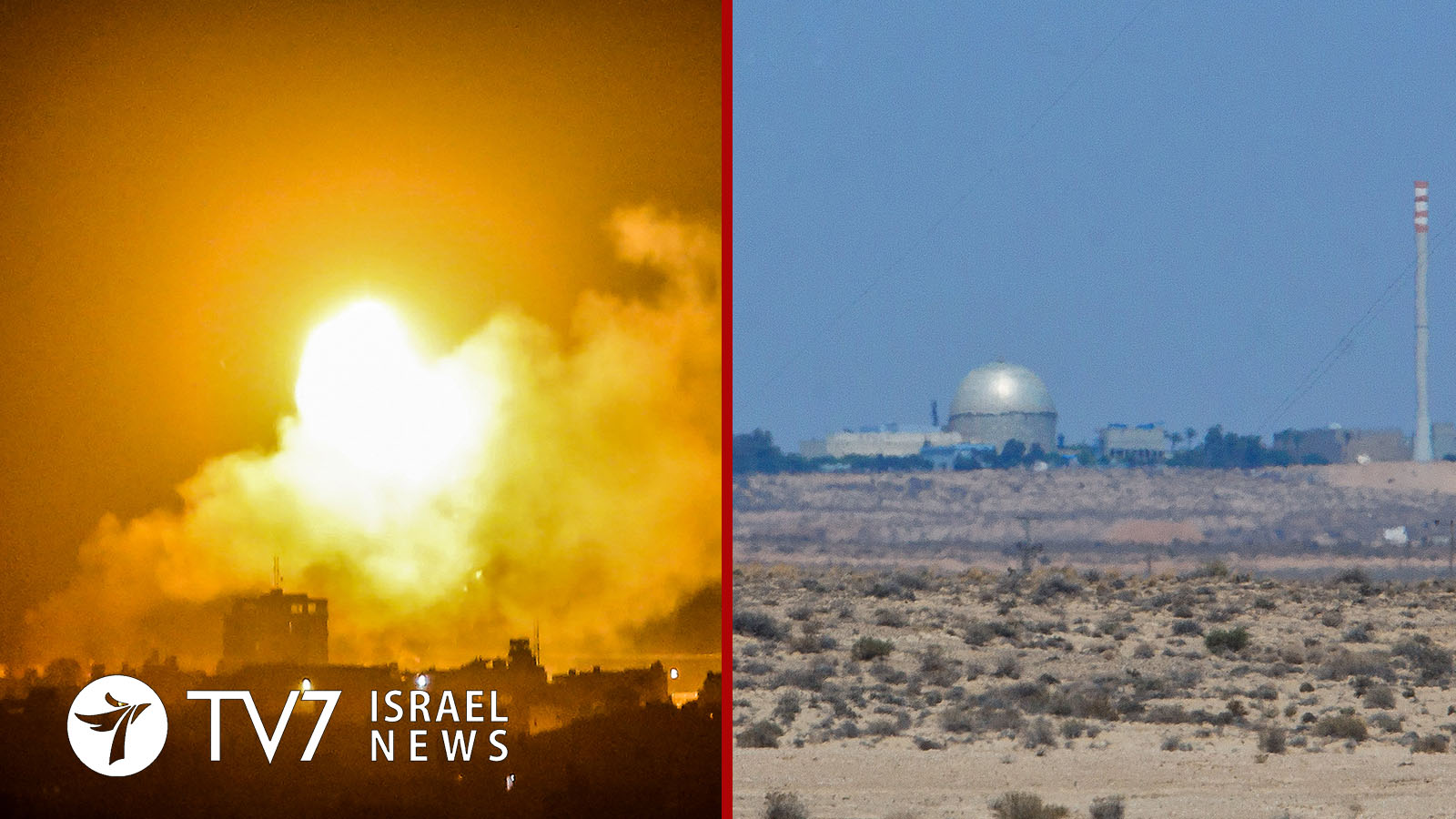A surface-to-air missile fired from Syria penetrated Israeli airspace early this morning. Debris from the projectile was located in the northern part of southeastern Negev region, about 30 kilometers (19 miles) from the Shimon Peres Negev Nuclear Research Center near the town of Dimona.
The incident occurred at 1:34 AM — in the wake of an earlier strike by unidentified aircraft on targets on the Syrian side of the Golan Heights believed to be weapons caches belonging to Iranian-proxy militias.
The Syrian Armed Forces (SAF) had responded by activating aerial defense systems in attempts to intercept the incoming projectiles, including multiple surface-to-air missiles fired from SA5 batteries.
In an apparent admission of responsibility for involvement in the strike on Syria, an Israeli military spokesman was cited by Reuters as saying that an errant SAF missile that had been fired at IDF aircraft overflew its target into Israeli territory.
Air raid sirens were automatically activated in the Arab-Bedouin community of Abu Qrenat, said the IDF Spokesperson’s Unit. No injuries or damage were reported.
Residents as far as 137 kilometers (about 85 miles) away in Jerusalem reported hearing a powerful explosion, and that their homes were shaken by the force.
It is important to note that in contrast to circulating reports, Syria’s SA-5 missile – which has a range of 500 kilometers – is not believed to have been directed at the research facility where Israel is alleged to operate its secret nuclear program.
The Israeli Air Force (IAF) retaliated with strikes on Syria, including the battery from which the missile had been launched adjacent to the town of Ad Dumayr about 40 kilometers northeast of Damascus, where Iranian-backed militias have a presence. It is an area that Israel has hit repeatedly in past attacks.
Four SAF soldiers sustained injuries and material damage was cause as a result of the Israeli air assault, according to a Syrian military source cited by the state-run SANA news agency.
The Russian-made SA-5 is an outdated missile system that has been used by Syria for nearly three decades.
Israeli media has reported that air defenses around the Dimona reactor and the Red Sea port Eilat have been bolstered in recent weeks, against potential long-range missile or drone attack by Iranian-backed forces, including Houthi rebels based in Yemen.
Hostilities between the Jewish State and the Islamic Republic are high over Tehran’s nuclear program and a recent surge in sabotage attacks, several of which the arch-foes have blamed on each other.
